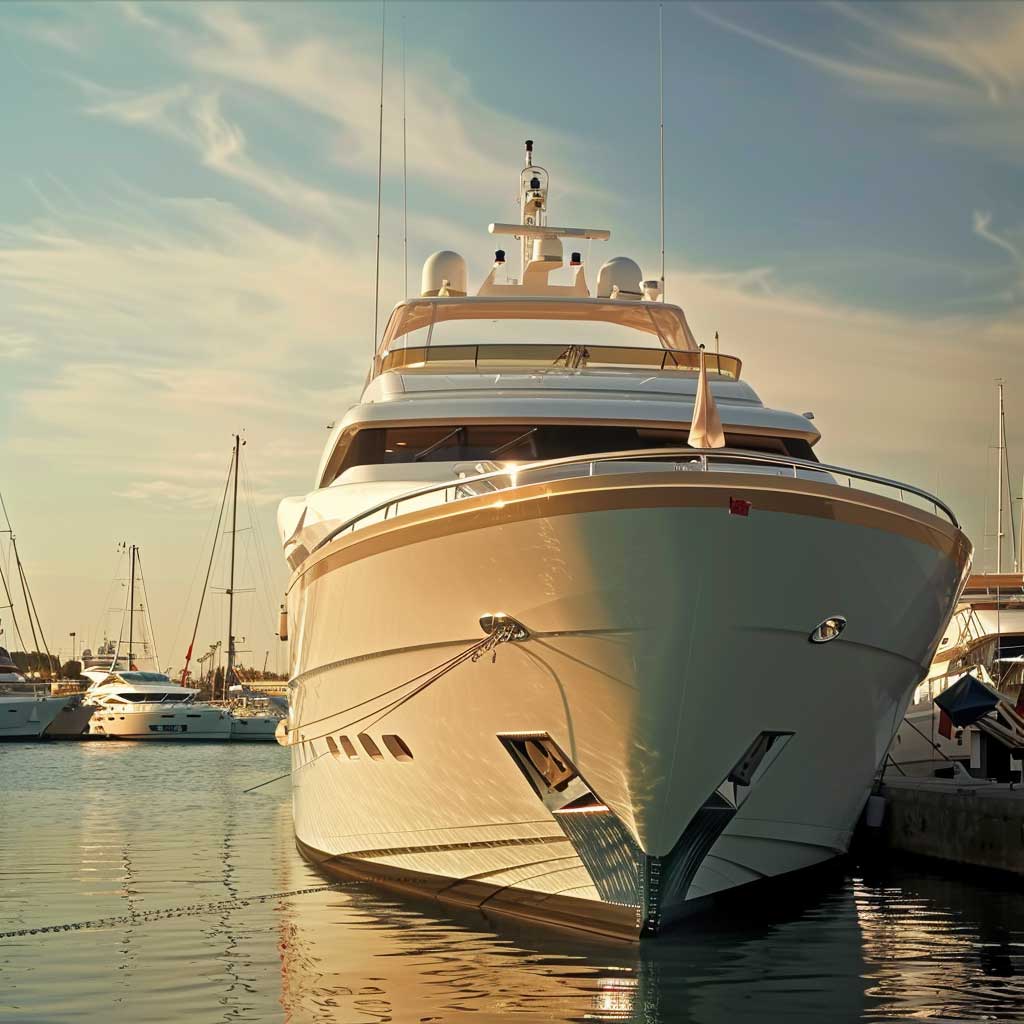For boating enthusiasts, seasoned sailors, and newcomers alike, a common query arises: What’s the most economical way to ship a boat? Navigating the seas of shipping should be smooth sailing, yet with numerous options, potential hidden fees, and logistical complexities, it can become daunting.
Factors Influencing Boat Shipping Costs:
When transporting your cherished boat, grasping the nuances of associated costs is crucial for making well-informed decisions. Several factors contribute to determining the price, and being aware of these factors enables you to choose options that balance financial prudence with ensuring your boat’s safety.
Here’s a detailed examination of the factors influencing shipping costs:
Size and Dimensions: The length, width, height, and overall dimensions of your boat are critical factors. Larger boats may necessitate specialized trailers or additional escort vehicles, increasing shipping costs.
Weight Considerations: Heavier boats require stronger, specialized equipment for safe transport, which can incur higher costs despite our comprehensive service offerings.
Special Requirements: Unique vessels such as luxury yachts may require specialized carriers, impacting overall shipping expenses.
Distance Traveled: Generally, longer shipping distances correlate with higher costs due to increased fuel consumption and operational logistics.
Fuel Pricing: Fluctuating fuel costs across regions directly influence shipping expenses, particularly for long-distance journeys.
Tolls and Fees: Passage through toll roads, bridges, or tunnels can add to the total shipping expense, especially on extended routes.
Urban vs. Remote Locations: Shipping to or from major urban centers is typically more cost-effective due to greater accessibility and frequent transportation services.
Port Accessibility for International Shipping: Accessibility and fees at departure and arrival ports significantly affect costs for international shipments.
Protective Measures: Optional safeguards like shrink wrapping are available at an additional cost, safeguarding the boat from weather conditions during transit.
Storage Requirements: Any necessary storage before or after shipping contributes to the overall shipping expense, reflecting logistical needs.
While prioritizing cost-effective shipping solutions is understandable, it’s crucial to strike a balance between saving money and ensuring the safety of your vessel. Familiarizing yourself with these factors that impact costs will empower you to navigate the boat shipping process with confidence and efficiency.

Optimizing Cost Efficiency Through Proper Boat Preparation:
Taking charge of essential preparatory tasks can lead to substantial savings. This proactive approach not only guarantees your boat’s safety and readiness for transport but also streamlines the process for the shipping company, potentially resulting in lower costs for you.
Recommended Preparatory Steps:
Prepare Your Boat: Cleaning Essentials:
Over time, marine organisms can adhere to your boat’s hull. It’s crucial to remove this growth as it can add weight and potentially introduce invasive species to new water bodies. Utilize antifouling paints or scrub the boat’s bottom to prevent such buildup.
Empty Water Tanks:
Filled water tanks increase unnecessary weight, potentially raising shipping costs. Additionally, stagnant water can lead to algae growth or contamination. Before shipping, ensure all tanks—fresh water, gray water, and black water—are emptied.
Secure Loose Items:
Remove any unsecured items such as life jackets, fishing gear, or personal belongings. Not only do they contribute to weight, but they may also shift or become damaged during transport.
Secure Interior and Exterior Items:
Items within cabin or storage compartments can shift during transport, potentially damaging both the boat’s interior and the items themselves. Use straps, bungee cords, or other secure methods to ensure everything is tightly secured. Additionally, inspect external components such as antennas, navigation equipment, and loose parts to ensure they are firmly attached or safely stowed.
Before shipping, it’s advisable to photograph the boat and its secured items. This documentation serves as a reference in case of any disputes regarding damages during transit.
Disassemble as Needed:
Components such as sailboat masts or yacht flybridges can increase the height profile of your boat, posing challenges and potential cost increases during transportation. Removing these parts can help your boat fit within standard shipping dimensions, thereby reducing expenses. Safely store and label any removed parts using bubble wrap or other protective materials to prevent damage during transit.
Before proceeding with dismantling or significant modifications, always consult your shipping company. Their expertise can provide valuable insights into necessary steps and best practices. Occasionally, what appears to be a cost-saving measure might complicate the shipping process unnecessarily.
Taking proactive steps during preparation not only lowers shipping costs but also ensures your treasured vessel arrives at its destination in optimal condition. Remember, preparation safeguards your investment and enhances the shipping experience.
Choose Open Transport Instead of Enclosed Transport
We provide various methods for boat transport, each with distinct advantages and costs. For many boat owners seeking affordability, open transport is often the preferred choice.
Open transport involves transporting boats on trailers or carriers without shielding them within a container or closed trailer.
One major benefit of open transport is its cost-effectiveness. Open trailers are simpler in design, lighter, and less expensive to manufacture and maintain compared to enclosed trailers. These savings in manufacturing, maintenance, and fuel costs can be passed on to customers. Furthermore, open transport allows for efficient loading and unloading, which saves time and reduces labor expenses.
Our open carriers can accommodate a wide range of boat sizes and types, from small fishing boats to mid-sized yachts. They are especially efficient for short-distance trips, facilitating swift transportation.
During favorable weather conditions, such as mild and predictable seasons, open transport becomes even more advantageous. The risks associated with exposure to elements are minimized, and the lighter weight of open trailers results in reduced fuel consumption and a smaller carbon footprint.
While open transport offers significant benefits, it’s essential to consider potential risks such as exposure to weather, road debris, and dust. For highly valuable or antique boats or longer routes with varying weather conditions, enclosed transport may be worth the additional cost for enhanced protection.
Overall, open transport presents a practical and economical solution for many boat owners, particularly for shorter distances or routes with favorable weather conditions.

Optimize Cost Savings by Choosing the Right Timing:
Shipping rates fluctuate based on demand. Opting for off-peak seasons when demand is lower can often secure better rates and potentially faster delivery times, as fewer shipments are typically queued for transport.
Wrap -up:
Discovering the most economical method to ship a boat demands careful research, thorough preparation, and a grasp of shipping industry intricacies. By adhering to the steps detailed above, you can navigate this process seamlessly while keeping costs in check.
